Ballasts

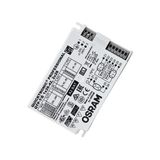
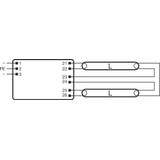
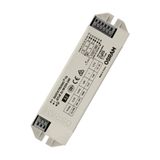
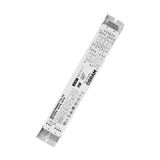
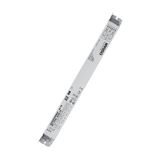

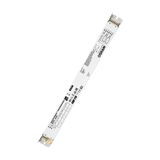

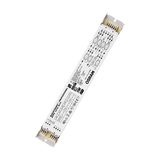
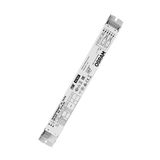


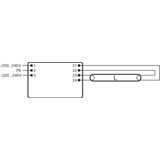
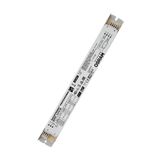
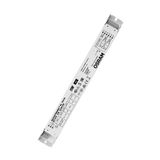
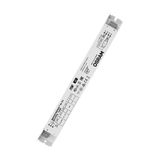
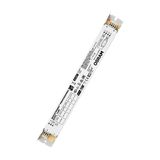

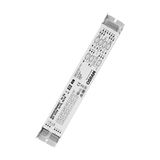
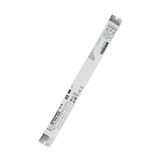
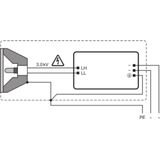

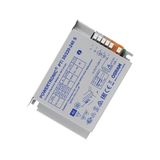
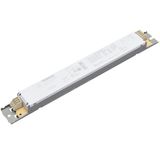
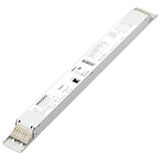
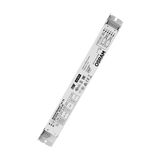
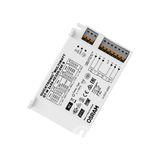
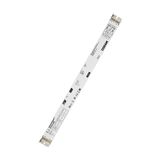
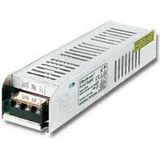
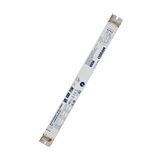
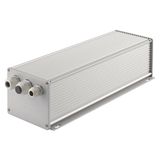
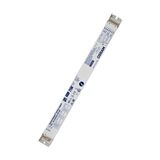
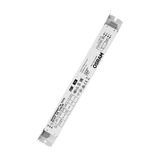

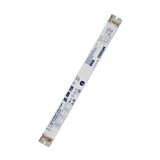
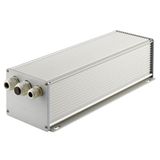
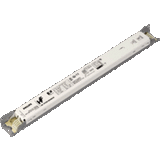
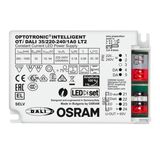
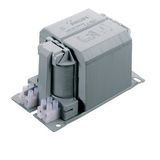
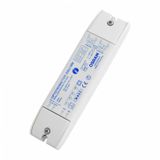
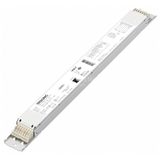
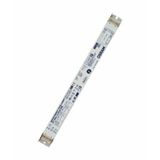
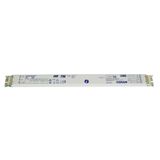

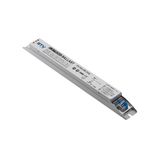
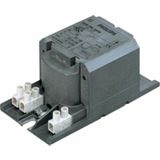

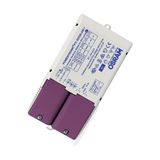
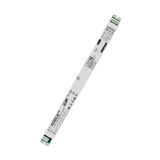

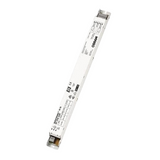


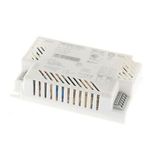
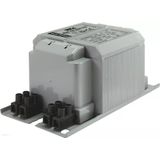
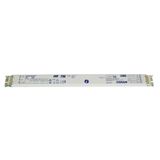

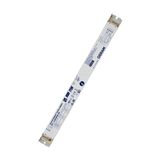
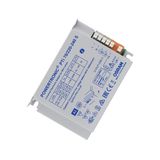
What is an electronic ballast?
An electronic ballast is an electronic device designed to start and ensure the smooth operation of discharge lamps.
Definition and operating principle
Fluorescent lamps require a specific ballast for precise, long-lasting operation. Thanks to this module, the lamp is powered by the electrical network. The technology enables the luminaire to be switched on quickly and adequately, and reduces operating energy to maintain lamp activity. The device connects the two poles of the lamp for early warm-up, within 1 second of direct ignition. The starter's operating principle comprises three stages:
- basic heating of the electrodes by increasing the voltage on the filament ;
- ignition: the pulse reaches 1.5 kV ;
- after a significant pulse, the voltage drops to the level required to facilitate glow charging.
The harmony of the alternating current supplied to the electrodes sometimes reaches 38 kHz, depending on the circuit used.
Differences from traditional ballasts
An electronic ballast differs from a conventional ballast in the absence of a noisy starter, flicker at mains frequency, false starts, high efficiencies and longer life for the lighting device's filaments.
Advantages of electronic ballasts
The advantages of a quality ballast are as follows:
- lights come on instantly ;
- no stroboscopic effect;
- no noise during operation;
- high performance;
- energy savings: 25% ;
- long-term use ;
- measured electrode heating;
- some models operate on direct current;
- lighting fixture start-up at low ambient temperature;
- compact design.
Some models adjust light intensity from 10% to 100%.
Energy efficiency
An electric ballast is more energy-efficient than a magnetic device. Energy is converted more efficiently, resulting in lower electricity losses during transformation.
Durability
The lifetime of an electronic device is up to 50,000 hours, much longer than that of a ferromagnetic ballast.
Surge resistance
This device features a protective disconnecting circuit for short power surges and periodic mains surges. most popular models are the following Osram products:
- Electronic ballast 2 x 58 DIM Osram 350998 ;
- Electronic ballast 1 x 18 DIM Osram 319254 ;
- Electronic ballast 2 x 36 DIM Osram 350974 ;
- Electronic ballast 1 x 36 1-10V DIM 297705 Osram ;
- Electronic ballast 2 x 5-11 220/240V QT-ECO OSRAM 821504.
All these devices comply with European standards.
Types of electronic ballasts
There are two types of electronic ballast used in lighting systems:
- the electronic version uses a circuit to regulate filament power, avoiding short-circuits and overvoltages;
- the digital version consumes a small amount of energy more efficiently: generates a lot of light, can be fitted with a temperature controller.
Its quality means the lamp lasts longer than a magnetic ballast.
For fluorescent lamps
Features of this type of device for use with fluorescent lamps:
- preparatory heating of anode and cathode, execution of starting pulse ;
- flashing LED ;
- current load reduction.
It also reduces impulse noise and compensates for reactive power.
For light-emitting diodes (LEDs)
An LED ballast converts the alternating current entering the device's power supply into direct current, which is then delivered to the LED element.
For neon lamps
A neon ballast regulates the amount of current supplied to the lamp, providing sufficient voltage to switch on the lighting.
How to choose an electronic ballast
To select the right lighting ballast, you should follow the steps below:
Consider lamp type
Read the lamp specifications and recommendations: model of lighting device, power rating, voltage supplied, current intensity and frequency, and other electrical characteristics. This information can usually be found in the lamp's user manual.
Power and voltage
Calculate the device's wattage. Make sure its power and electrical characteristics meet the bulb's requirements. The current wattage must be sufficient to light and operate the bulb. Take into account the starting voltage and the current voltage. A higher starting voltage may be required. You need to make sure that the latter parameter is sufficient to successfully light the lamp and keep it working. Stable voltage operation is also important.
Compatibility
You need to make sure that the lamp ballast you choose complies with the required standards and electrical safety requirements. If the lighting device is to be used in particular conditions or rooms, any additional requirements must be taken into account, e.g. specific frequencies, form of signals supplied. An important factor is the choice of a reputable manufacturer.
Installation and maintenance
We recommend checking and testing the ballast before installation and final operation. The tests will ensure that the device combined with the lamp is operational and meets the correct operating requirements. In the event of a technical problem, the ballast must be replaced. Electronic ballasts must be connected when the mains supply is disconnected.






